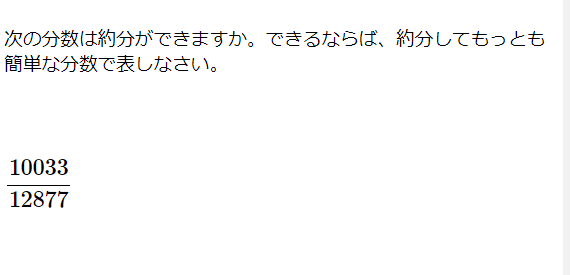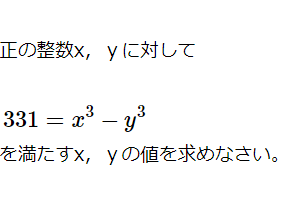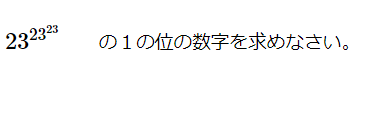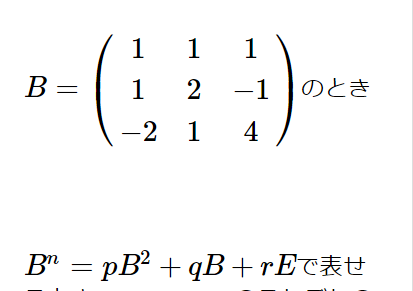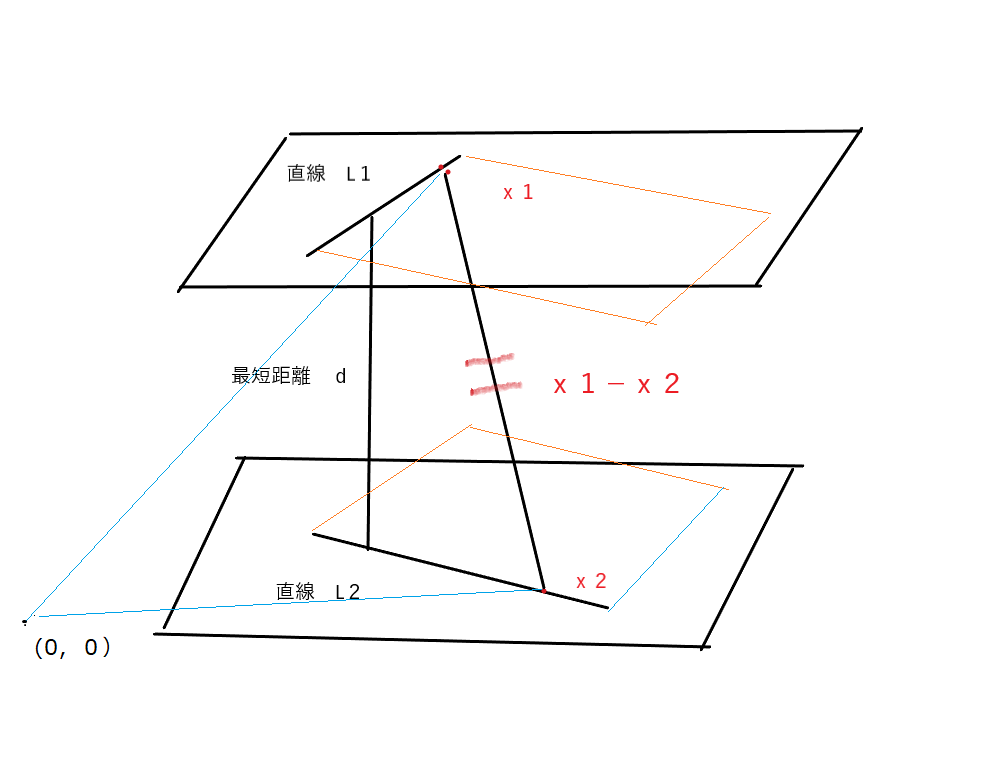
ここで勉強すれば数学検定1級の壁は超えられるか。
MENU
数学検定1級の壁 TOP > 数検1級の整数論 > 整数論3の解説 (連分数)
整数論3の解説 (連分数)

[math]\dfrac {1}{2+\dfrac {1}{3+\dfrac {1}{2+\dfrac {1}{3+\ldots }}}}[/math]
2と3の数の部分の繰り返しより
[math]2+\dfrac {1}{3+\ldots }[/math] の極限値と上の式の極限値(mとおく)と一致するので
[math]\dfrac {1}{2+\dfrac {1}{3+m}}=m[/math] の方程式を考える。
[math]\dfrac {1}{\dfrac {6+2m+1}{3+m}}=\dfrac {m+3}{2m+7}=m[/math]となる。
[math]\begin{aligned}2m^{2}+6m-3=0\\ m=\dfrac {-3\pm \sqrt {15}}{2}\end{aligned}[/math]
0<m<1の条件より
[math]\begin{aligned}\sqrt {9} <\sqrt {15} <\sqrt {16}\\ 3 <\sqrt {15} <4\end{aligned}[/math]
だから
[math]m=\dfrac {-3+\sqrt {15}}{2}[/math]
同じカテゴリー「数検1級の整数論」の一覧
最高累乗指数(整数16)
実数xに対して[math]\left[ x\right][/math] はxを超えない最大整数を表す。 n を自然数とする。 n!に含まれる素因数 pの最高累乗指数は &n […]

